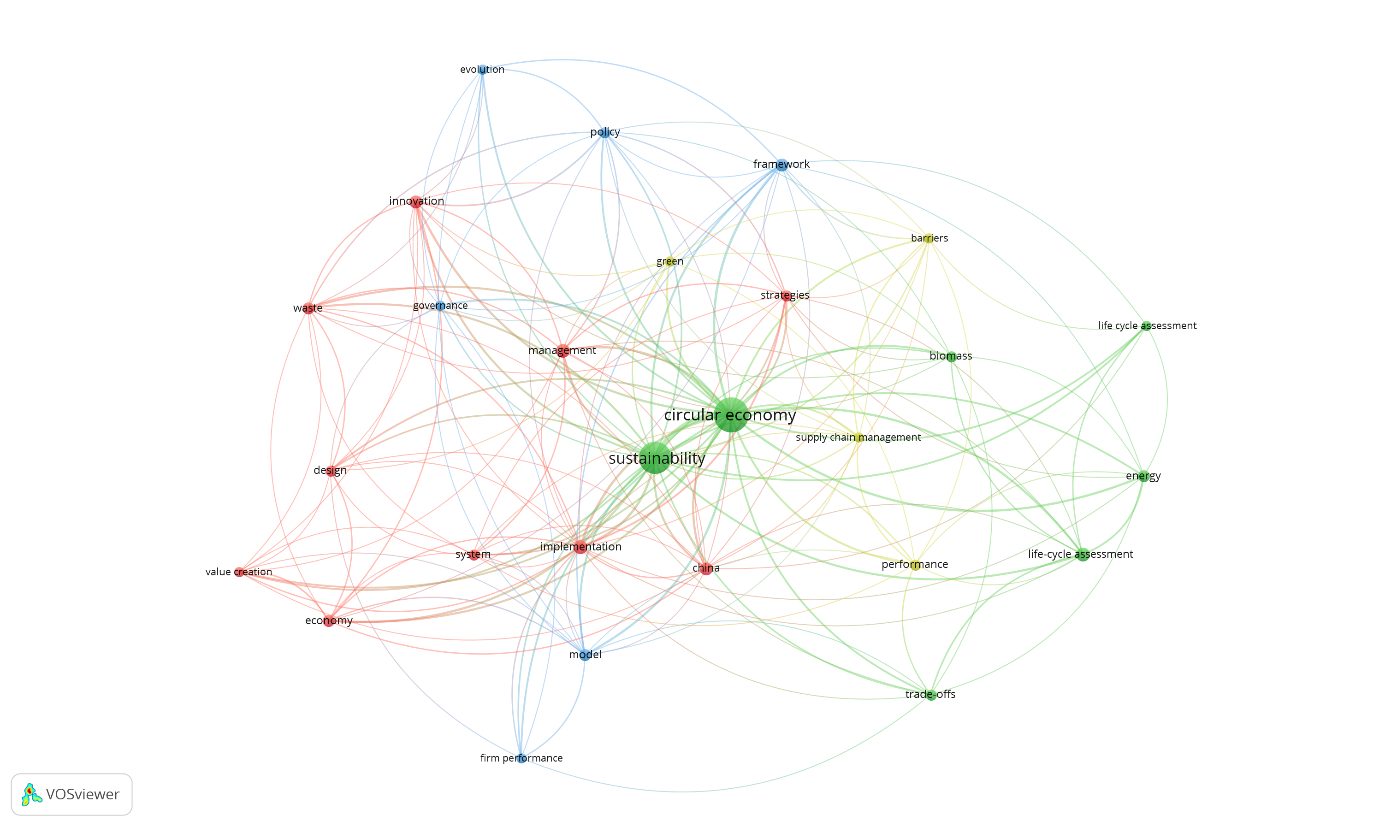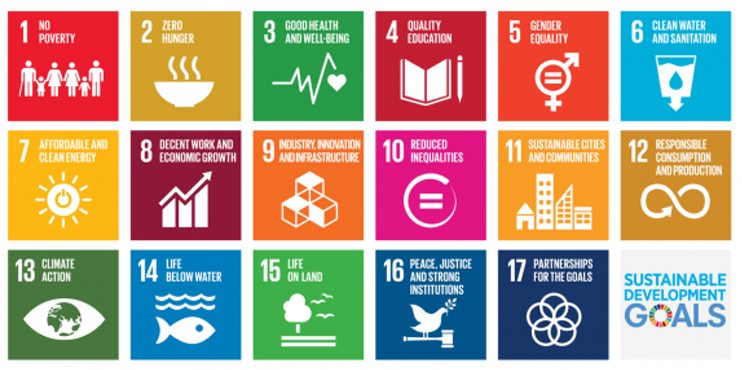 Manuel E. Morales, ERA Chair, IN4ACT, Kaunas University of Technology
Manuel E. Morales, ERA Chair, IN4ACT, Kaunas University of Technology
While the European Green Deal strategy set out to transform the EU’s economy to meet the challenges of climate change is accelerating, the researchers are emphasising the need for the systemic attitude, which would consolidate the efforts of policymakers, industry and research.
The European Commission’s Green Deal sets out the path for a fundamental transformation of Europe’s economies and societies. The European Green Deal was launched on December 11. The project has been spearheaded by European Commission President Ursula von der Leyen, as Europe’s new growth strategy – one that aims to transform the EU into a fair and prosperous society, with a modern, resource-efficient and competitive economy that emits zero net emissions of greenhouse gases in 2050 and achieves economic growth decoupled from resource use. Green Deal is an approach that seeks to rebalance sustainability and efficiency, using circular economy (CE) as one of the green and social foundations across all policy domains.
Europe emerges as the most relevant region in the world regarding the development of scientific literature with a systemic approach seeking to investigate the interactions between CE and sustainability representing 48% of all identified scientific literature in this field. Italy is the country with the highest scientific productivity, the UK represent the second place in productivity but holds first place in the rank of citations with 1142 citations.
Five clusters were identified in Europe regarding the interaction between CE and sustainability: Green (environmental); Blue (efficiency); Yellow (innovation); Red (Sustainability) and Purple (Politics) as demonstrated in Figure 1 (below).
 Each one of those clusters build-up specific relationships with the modern concepts of sustainable development, which are typified by the UN’s 17 Sustainable Development Goals (SDGs), which cover a variety of topics, including matters of well-being, industry, infrastructure and environment. Studies of how these SDGs interact with the CE strategies: 1) Business model; 2) Product; 3) Product’s components; 4) Materials; 5) Energy and 6) Measurement and indicators, are important if we attempt to achieve truly sustainable development.
Each one of those clusters build-up specific relationships with the modern concepts of sustainable development, which are typified by the UN’s 17 Sustainable Development Goals (SDGs), which cover a variety of topics, including matters of well-being, industry, infrastructure and environment. Studies of how these SDGs interact with the CE strategies: 1) Business model; 2) Product; 3) Product’s components; 4) Materials; 5) Energy and 6) Measurement and indicators, are important if we attempt to achieve truly sustainable development.
The strategy aiming to preserve the function of products and services provided by circular business models; and the strategy seeking to preserve materials through recycling and downcycling are the most frequently implemented in the Environmental and Innovation Clusters. Moreover, the most synergies with the two previous CE strategies stand in the SDGs 9 (Industry, innovation and infrastructure), 11 (Sustainable cities and communities), 12 (Responsible consumption and production) and 17 (Partnership for the goals).
The ideal arena to engage the synergies required to boost Green Deal in Europe was identified in the environmental and Innovation clusters, where the interaction between CE and sustainability is highlighted, looking forward to establishing coherent systemic agendas in public policies thanks to the use of computational literature review (CLR).

CE and sustainability interaction has attracted the scientific community interest since 2004 and is gaining in popularity because it can recognize the positive (synergies) and negative interactions (trade-offs) looking forward to establishing coherent systemic agendas. The CLR method produces supportive statistics for practitioners and insights regarding the interaction between sustainability and CE. The CLR analysed a set of 229 scientific documents after the initial screening of 960 articles in English using the words “circular economy”, “sustainability”, “synergies”, “trade-offs”, “interactions”, “relationships”, “collaboration” or “systemic” in the title, abstract and keywords from Scopus® and Web of Science®.
The interactions identified within SDGs and CE strategies in the literature help to determine the investment trends, business relevance of the systemic interaction between these concurrent and sometimes controversial topics. Eight priority CE areas have been identified from the CLR analysis: (1) Manufacturing industries, (2) Biomass & bio-based products, (3) Energy, (4) Food, (5) Construction and demolition, (6) Critical raw materials, (7) Water, (8) Chemical industries. The most important CE area is manufacturing industries, which represents 23% of all the analysed case studies. The priority CE areas are approached through three different scales of analysis, 47% linked to the Macroscale, 41% to a mesoscale and only 12% correspond to a micro-scale of analysis. (Figure 2).
The analysis of the CE strategy, according to its scale, reports that meso analysis is predominant in the studies on Manufacturing, Construction, Demolition and Water, while the macro approach predominates in the areas of Biomass, bio-products, food and energy. Finally, given the importance of building up synergies and figure out a coherent political agenda to accomplish the challenges expressed in the Green Deal objectives, decision-makers and key actors should shed light on the interrelations occurring between CE business models and materials preserving strategies; and SDGs 9, 11, 12 and 17, engaging long-term investments where multiplier effects are possible.